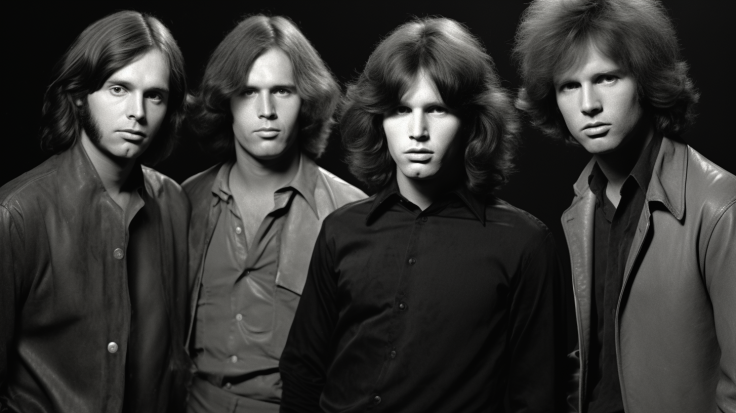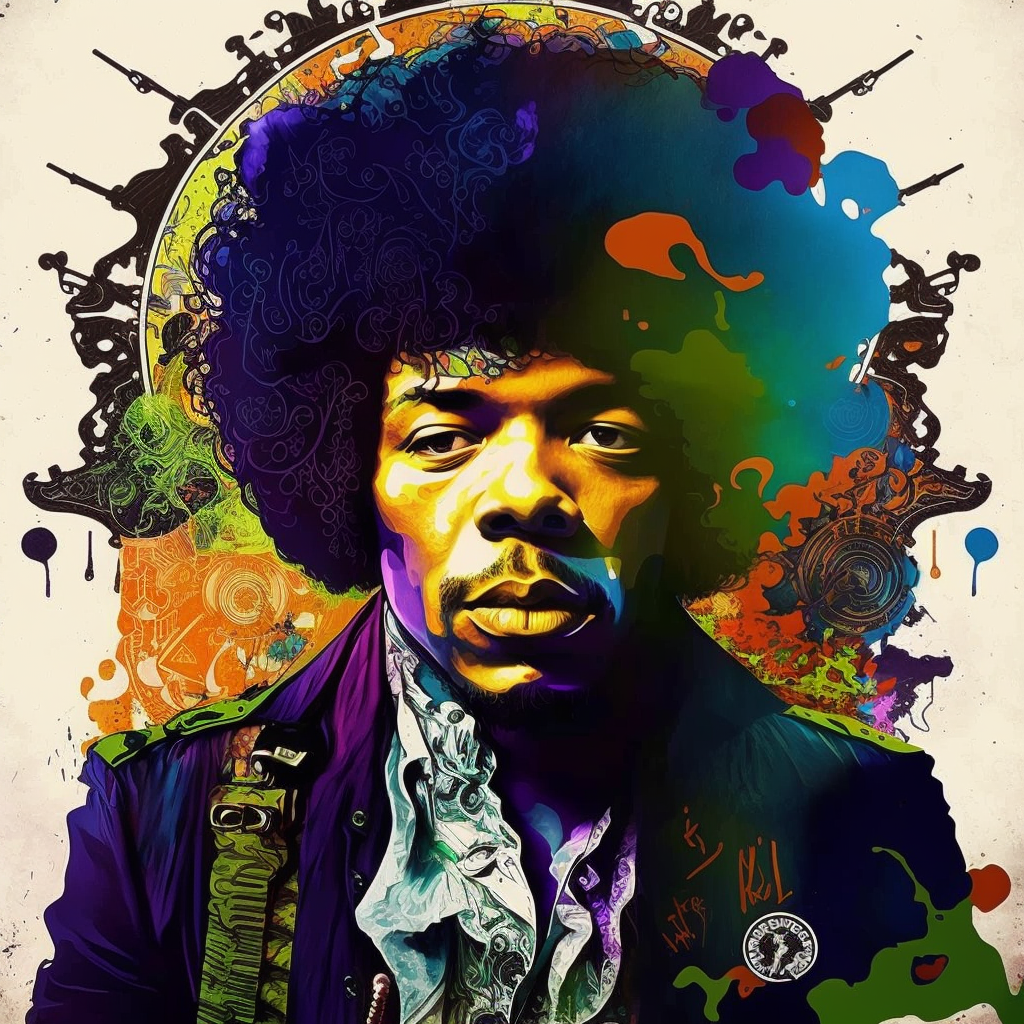
 Jimi Hendrix: Legendary Guitarist And Performer
Jimi Hendrix: Legendary Guitarist And Performer
Brief Overview of Hendrix’s Life and Legacy
Alright folks, today we’re talking about Jimi Hendrix, one of the greatest guitarists of all time. Hendrix was born in Seattle, Washington in 1942, and from a young age, he showed a natural talent for music. He started playing guitar when he was just 15 years old, and it wasn’t long before he was playing in local bands and making a name for himself on the music scene.
But it was in the late 1960s when Hendrix really broke through. He formed the Jimi Hendrix Experience and released his first album, ‘Are You Experienced’, which was a game-changer. Hendrix’s guitar playing was like nothing anyone had ever heard before. He was using feedback and distortion in a way that had never been done, and his live performances were legendary.
Hendrix’s impact on music and popular culture cannot be overstated. He was a true innovator, pushing the boundaries of what was possible with the guitar and influencing generations of musicians to come. Unfortunately, Hendrix’s life was cut tragically short when he died at just 27 years old.
But even though he was only active in the music industry for a few short years, his legacy lives on. Jimi Hendrix is still considered one of the greatest guitarists of all time, and his music continues to inspire and influence people around the world. That’s the power of true genius, folks.
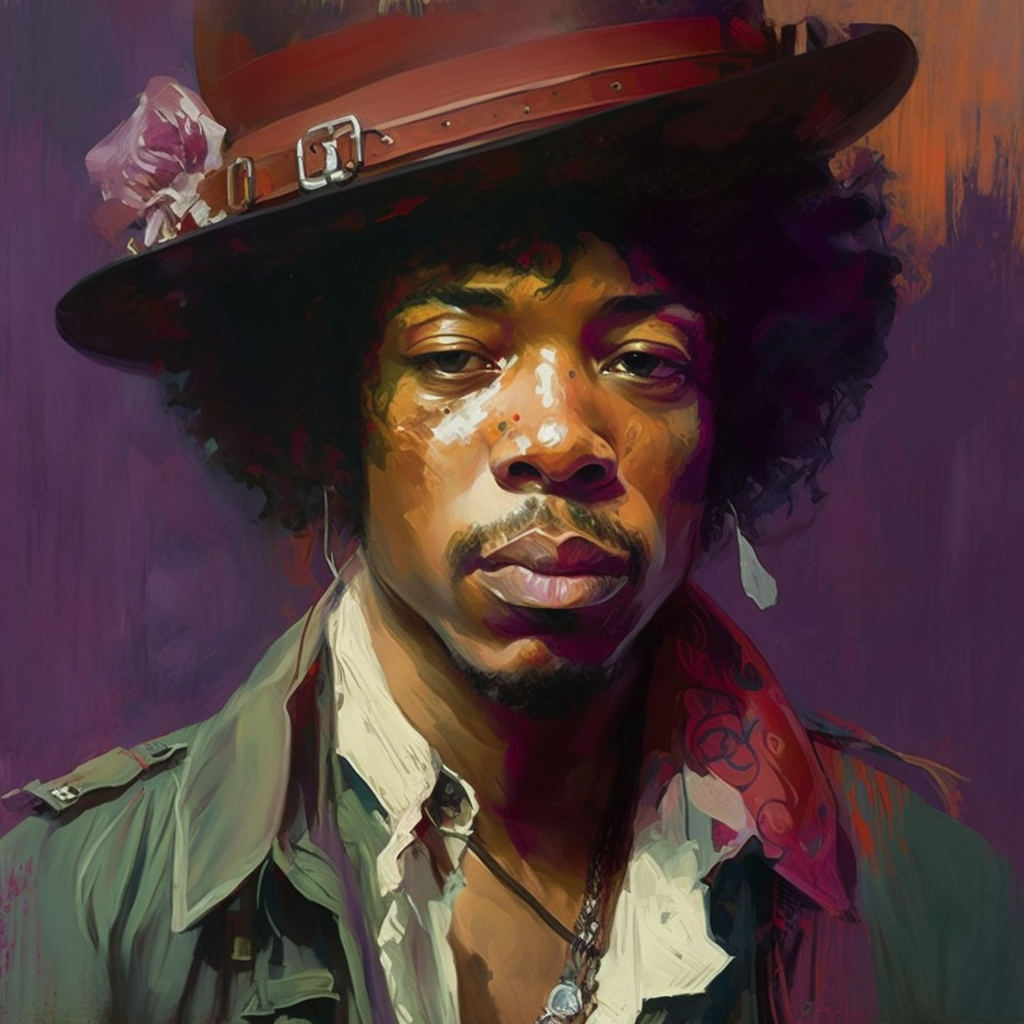
Early Life: Rise Of A Star
Jimi Hendrix was born on November 27, 1942, in Seattle, Washington, and was named Johnny Allen Hendrix by his parents, Al and Lucille Hendrix. However, his father later changed his name to James Marshall Hendrix in honor of his deceased brother.
Hendrix’s childhood was marked by instability and poverty. His parents had a tumultuous marriage, and they frequently argued and fought. Hendrix spent much of his childhood living with various relatives or in foster homes, as his parents struggled to make ends meet.
Despite the challenges of his upbringing, Hendrix showed a natural talent for music from a young age. He was inspired by blues and rock and roll artists like Muddy Waters, B.B. King, and Chuck Berry, and he taught himself to play the guitar by practicing for hours on end.
In his early teens, Hendrix formed his first band, the Velvetones, and started playing gigs around Seattle. He also joined a local R&B group called the Rocking Kings, which gave him his first taste of playing professionally.
Hendrix’s early musical experiences laid the foundation for his future career as a groundbreaking musician and innovator. He drew inspiration from a diverse range of genres, and his unique style and sound were shaped by his early exposure to the blues, rock and roll, R&B, and jazz.
Career Beginnings: Music Development
After honing his skills on the local Seattle music scene, Jimi Hendrix moved to Nashville in 1960, where he worked as a session musician and played backup guitar for a number of R&B acts, including the Isley Brothers, Little Richard, and Wilson Pickett. His talent and innovative guitar style quickly caught the attention of other musicians and producers, and he began to develop a reputation as a highly skilled and versatile sideman.
In 1964, Hendrix moved to New York City and formed his own band, Jimmy James and the Blue Flames, which played gigs around the Greenwich Village music scene. However, it wasn’t until he moved to London in 1966 that he truly made his mark on the music world.
In London, Hendrix formed the Jimi Hendrix Experience with bassist Noel Redding and drummer Mitch Mitchell. The band quickly gained a following, thanks in part to Hendrix’s electrifying live performances and groundbreaking guitar playing. Their debut single, “Hey Joe,” became a hit in the UK, and their first album, “Are You Experienced,” cemented their status as one of the most innovative and influential bands of the era.
Over the next few years, Hendrix and the Experience released a string of classic albums, including “Axis: Bold as Love” and “Electric Ladyland,” and continued to push the boundaries of what was possible with the guitar. Hendrix’s virtuosic playing, use of feedback and distortion, and incorporation of elements from a wide range of genres made him a true original and a true icon of rock and roll.
Although the Jimi Hendrix Experience disbanded in 1969, Hendrix continued to record and perform until his untimely death in 1970. His influence on music and popular culture is still felt today, and his status as one of the greatest guitarists of all time is secure.
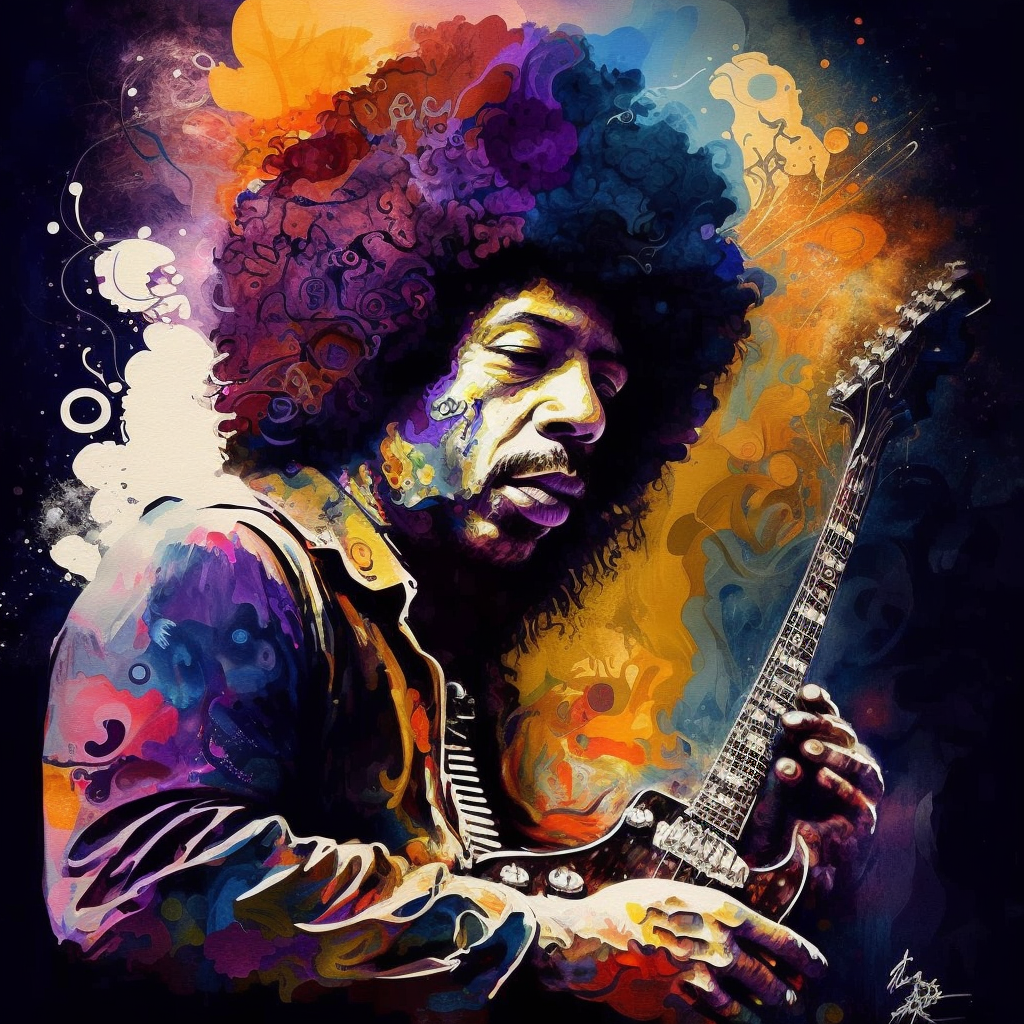
Breakthrough Success: Jimi Hendrix Rock star
In 1967, the Jimi Hendrix Experience released their debut album, “Are You Experienced,” which was a landmark moment in the history of rock and roll. The album’s innovative production and Hendrix’s virtuosic guitar playing quickly made it a hit with both critics and fans, and it remains a classic of the era.
Hendrix’s guitar playing on “Are You Experienced” was unlike anything that had been heard before. He used feedback, distortion, and other effects to create a completely new sound that was at once melodic, rhythmic, and psychedelic. His ability to weave together elements from a variety of genres, including blues, R&B, and jazz, made him a true innovator and a master of his craft.
Hendrix’s live performances were also a major part of his appeal. He was known for his electrifying stage presence, and he often incorporated theatrics and other elements into his shows to create a truly immersive experience for his fans. His legendary performance at the Monterey Pop Festival in 1967, where he set his guitar on fire, is still talked about today as one of the most iconic moments in rock history.
Hendrix’s impact on the music scene and cultural zeitgeist of the 1960s cannot be overstated. He was a true original, breaking down barriers and pushing the boundaries of what was possible with the guitar. He inspired countless musicians to pick up the instrument and explore new sounds and techniques, and his influence can be heard in the music of countless artists who came after him.
But Hendrix’s impact went beyond just music. He was a symbol of a new era, a time when young people were rejecting the old ways and embracing a new culture of experimentation and freedom. He represented the spirit of the 1960s, and his legacy as a cultural icon is still felt today.
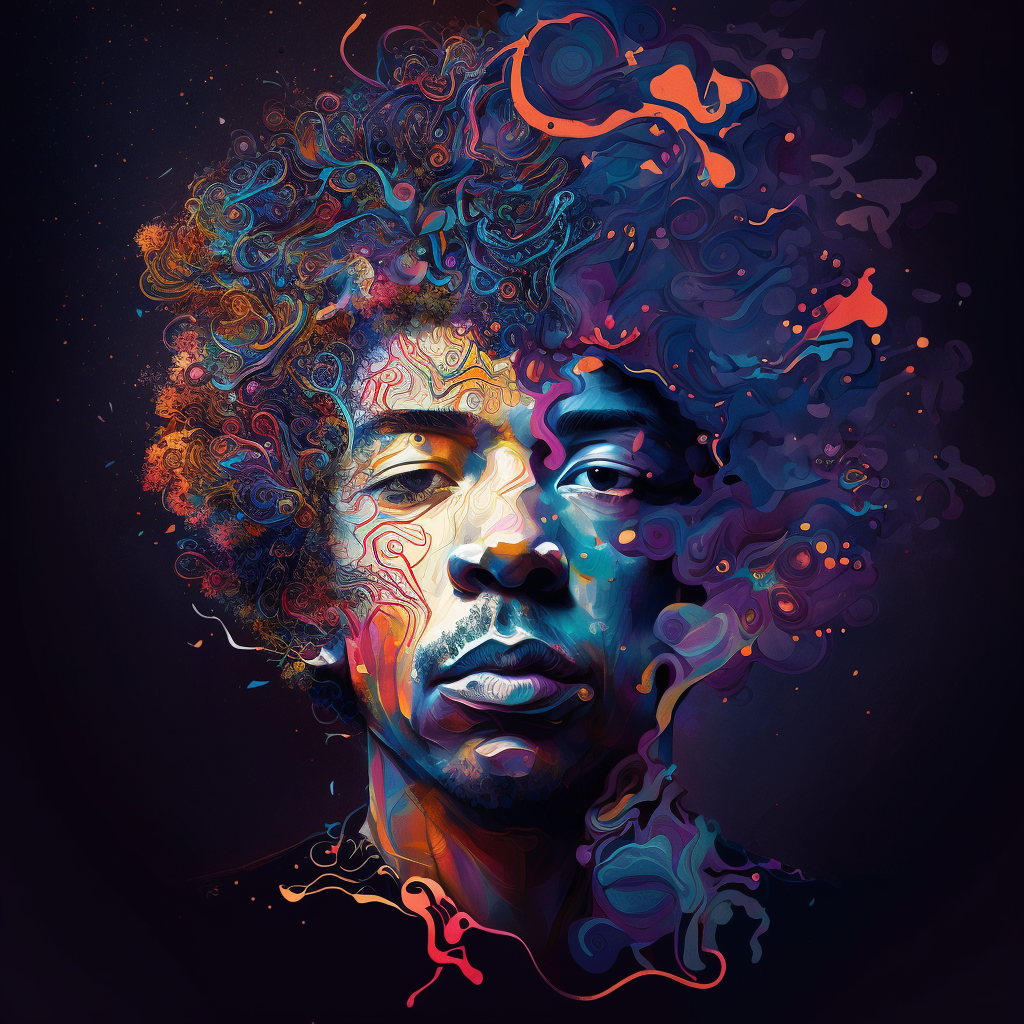
Jimi’s Personal Life and Challenges
While Jimi Hendrix’s musical career was meteoric and full of successes, his personal life was marked by a number of challenges and struggles.
One of the biggest challenges Hendrix faced was racism. As a black man in a predominantly white industry, he faced a great deal of discrimination and prejudice. He often had to deal with racist remarks from both fans and industry insiders, and he frequently found it difficult to find accommodations and other support while on tour.
Hendrix’s personal relationships were also often tumultuous. He was married twice, but both marriages were short-lived, and he had a number of other romantic relationships that were marked by infidelity and drama. He also struggled with drug and alcohol addiction, which often affected his work and led to a number of legal issues.
Despite these challenges, Hendrix continued to create groundbreaking music and inspire legions of fans. He was known for his generosity and kindness to those around him, and he often used his platform to speak out against racism and other social issues.
Tragically, Hendrix’s life was cut short when he died at the age of 27 from a drug overdose. However, his impact on music and popular culture is still felt today, and his legacy as one of the greatest guitarists and most innovative musicians of all time is secure.
Drugs And Alcohol Addiction
Jimi Hendrix struggled with drug and alcohol addiction throughout his career. He was known to use a variety of drugs, including LSD, cocaine, and heroin, and he often drank heavily.
Hendrix’s addiction had a profound impact on his life and work. It affected his ability to write and record music, and it often led to missed shows and other professional setbacks. His drug use also had a significant impact on his personal relationships, and it contributed to the breakdown of his marriages and other romantic relationships.
Despite his struggles with addiction, Hendrix continued to create some of the most innovative and groundbreaking music of his time. Many of his most iconic songs were written and recorded while he was struggling with addiction, and his music remains a testament to his incredible talent and creativity.
Tragically, Hendrix’s addiction ultimately contributed to his untimely death at the age of 27. However, his legacy as one of the greatest guitarists and most innovative musicians of all time remains secure, and his music continues to inspire new generations of fans around the world.
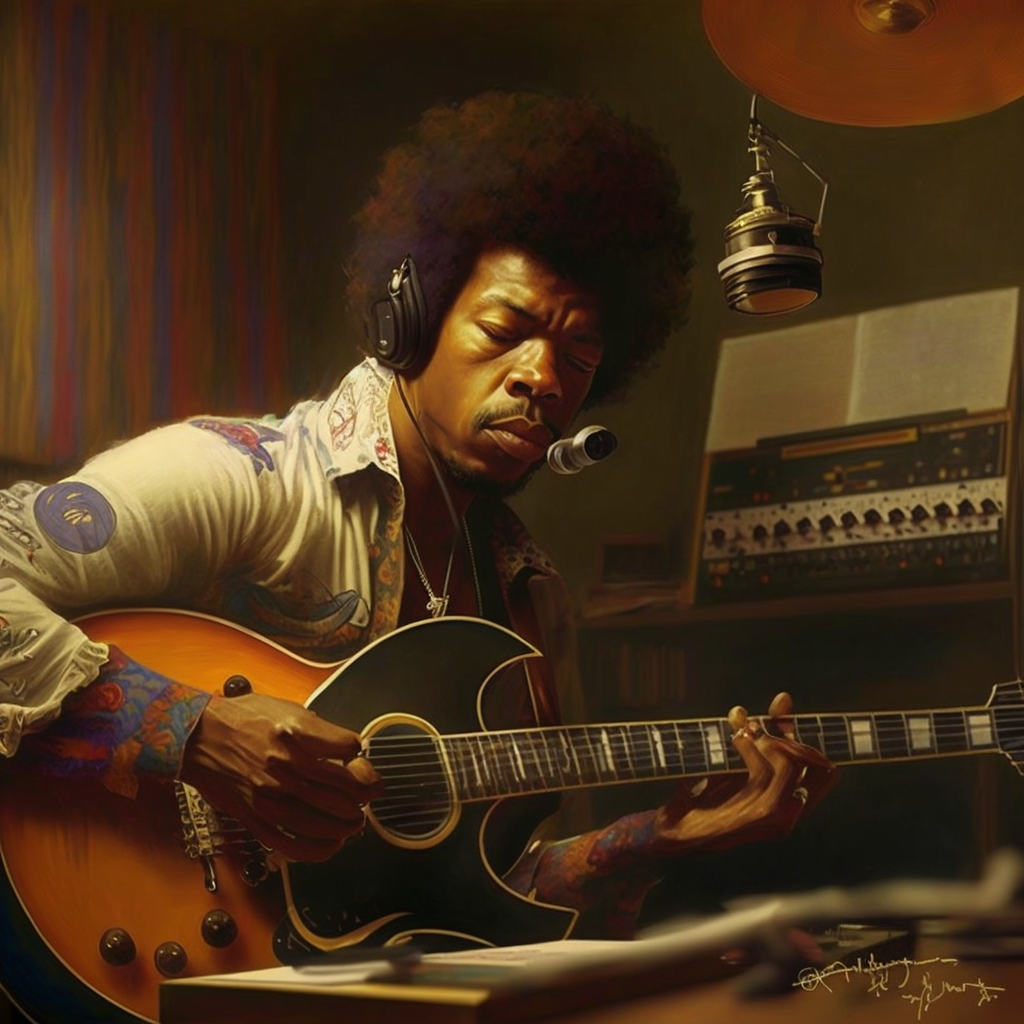
Later Years and Legacy
Jimi Hendrix’s life was tragically cut short when he died on September 18, 1970, at the age of 27. His death was caused by a drug overdose, and it was a shock to fans around the world who had been captivated by his incredible talent and charisma.
Despite his short life, Hendrix’s impact on music and popular culture is immeasurable. He is widely considered one of the greatest guitarists of all time, and his innovative use of feedback, distortion, and other effects revolutionized the way people thought about the guitar. He also helped to usher in a new era of rock music, one that was marked by experimentation, innovation, and a rejection of the old ways.
Hendrix’s influence on music can be heard in the work of countless artists who came after him. His music has been covered and sampled by everyone from Stevie Ray Vaughan to Prince to Outkast, and his style and approach to the guitar continue to be a source of inspiration for musicians around the world.
Hendrix’s enduring status as a cultural icon is a testament to his impact on the broader popular culture of the 1960s and beyond. He represented a new era of freedom, experimentation, and individualism, and his music and persona became a symbol of this new way of thinking. He inspired a generation of young people to break free from the old ways and embrace a new culture of creativity and expression.
Today, Jimi Hendrix remains one of the most iconic figures in rock history. His music continues to inspire and influence new generations of fans, and his legacy as a musical genius and cultural icon is secure.

Decades later Hendrix’s Death, His Music All Along The Watchtower
One of Jimi Hendrix’s most enduring legacies is his version of the Bob Dylan song “All Along the Watchtower.” Hendrix recorded the song for his 1968 album “Electric Ladyland,” and it quickly became one of his most popular and beloved tracks.
Hendrix’s version of the song is widely considered to be one of the greatest cover versions of all time. He transformed the song with his signature guitar sound, adding a sense of urgency and power to the already haunting lyrics. The result was a masterpiece of rock music that captured the spirit of the late 1960s like few other songs of its time.
Decades after Hendrix’s death, “All Along the Watchtower” remains a touchstone for rock fans around the world. It has been covered by countless other artists, including Bob Dylan himself, and its enduring popularity is a testament to the power and influence of Hendrix’s music.
But perhaps even more than that, “All Along the Watchtower” stands as a testament to Hendrix’s creative genius and his ability to transform the familiar into something entirely new and groundbreaking. Hendrix’s music continues to inspire and influence new generations of fans, and his legacy as one of the greatest guitarists and most innovative musicians of all time is secure.
Jimi Hendrix As An Influencer
Jimi Hendrix’s influence on music and popular culture cannot be overstated. He was one of the most innovative and influential musicians of his time, and his impact can still be felt today, decades after his death.
One of the key ways that Hendrix influenced the music industry was through his innovative use of the guitar. He used feedback, distortion, and other effects to create a unique and powerful sound that had never been heard before. His playing was marked by a sense of freedom and experimentation, and he constantly pushed the boundaries of what was possible with the instrument.
Hendrix also had a profound influence on the culture of the 1960s. He was a symbol of a new way of thinking, one that was marked by a rejection of the old ways and a desire for freedom, experimentation, and self-expression. His music and persona became a rallying point for a generation of young people who were looking for something new and exciting.
Today, Hendrix’s influence can still be heard in the work of countless artists around the world. His music has been covered and sampled by everyone from Prince to Outkast to John Mayer, and his style and approach to the guitar continue to be a source of inspiration for musicians of all genres and backgrounds.
But perhaps even more than his influence on music, Hendrix’s legacy as an influencer lies in his ability to inspire people to think differently and to see the world in a new way. He was a true innovator and a creative force of nature, and his impact on the culture of the 1960s and beyond is immeasurable.

BURN!
One of the most iconic moments in rock history occurred at the Monterey Pop Festival in 1967, when Jimi Hendrix famously burned his guitar on stage. The act became a symbol of the wild and untamed spirit of rock and roll, and it helped to cement Hendrix’s status as one of the most dynamic and influential performers of his time.
The story goes that Hendrix had originally planned to end his set by smashing his guitar, but when he saw The Who’s Pete Townshend do the same thing earlier in the festival, he changed his mind. Instead, he improvised a new ending, playing a blistering version of “Wild Thing” before dousing his guitar with lighter fluid and setting it ablaze.
The act was not only a stunning visual spectacle, but it was also a powerful symbol of the counterculture and the rejection of the old ways. Hendrix was saying that the old rules didn’t apply anymore, and that a new era of music and creativity was dawning.
The image of Hendrix burning his guitar became an iconic symbol of the 1960s, and it helped to solidify his status as a true rock and roll legend. Today, the act remains a powerful reminder of the spirit of rebellion and creativity that defined that era, and it continues to inspire new generations of musicians and fans around the world.
Categorised in: Psychedelic



